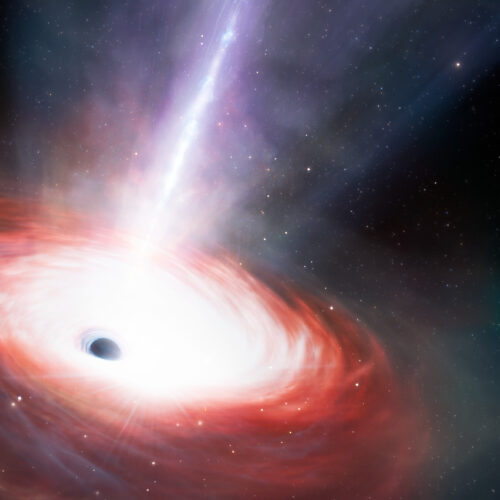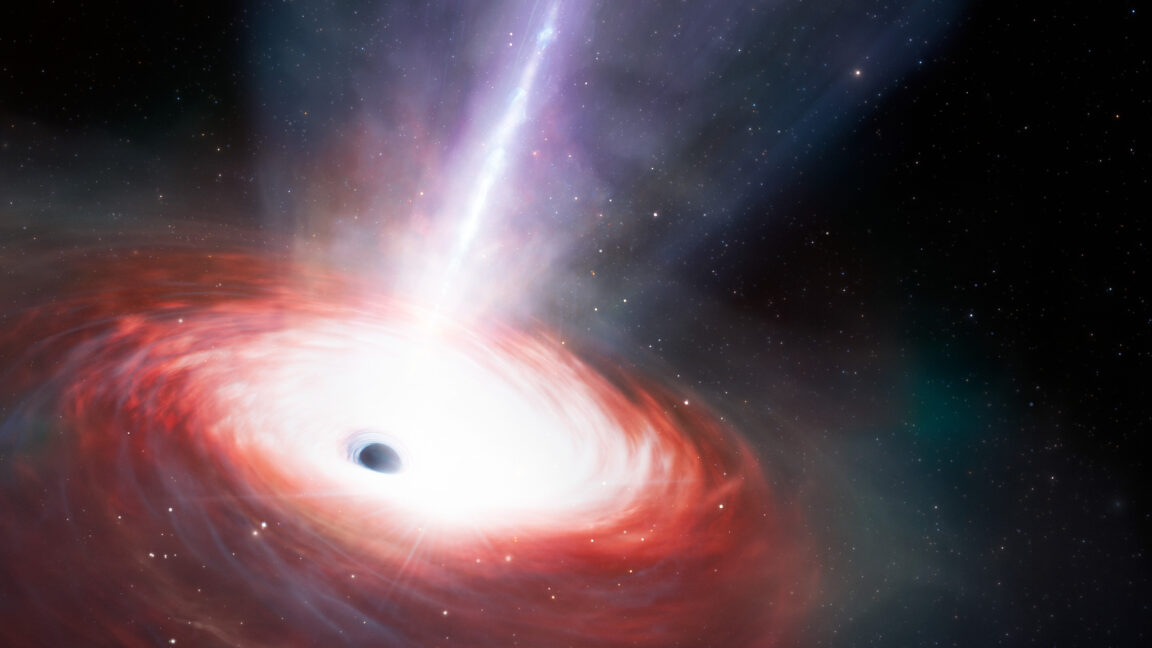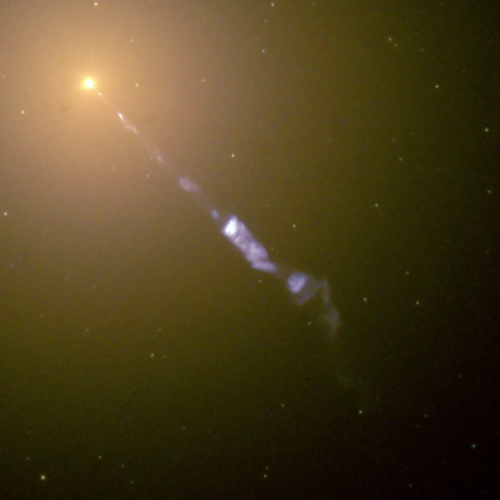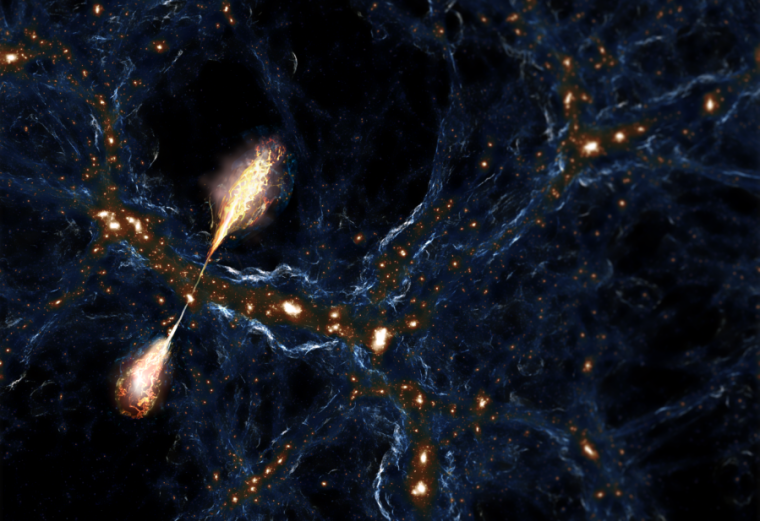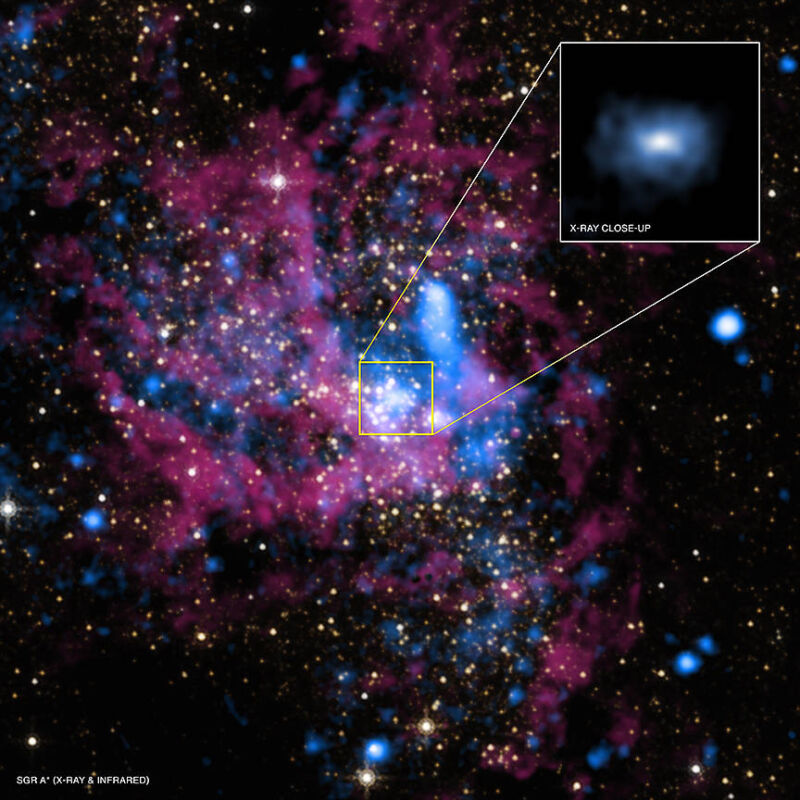Emergent gravity may be a dead idea, but it’s not a bad one
Emergent gravity is a bold idea.
It claims that the force of gravity is a mere illusion, more akin to friction or heat—a property that emerges from some deeper physical interaction. This emergent gravity idea might hold the key to rewriting one of the fundamental forces of nature—and it could explain the mysterious nature of dark matter.
But in the years since its original proposal, it has not held up well to either experiment or further theoretical inquiry. Emergent gravity may not be a right answer. But it is a clever one, and it's still worth considering, as it may hold the seeds of a greater understanding.
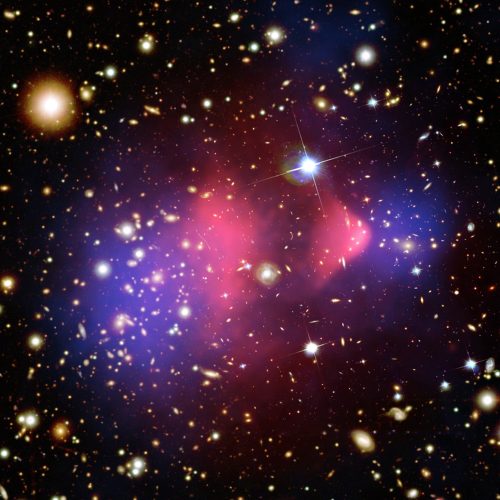
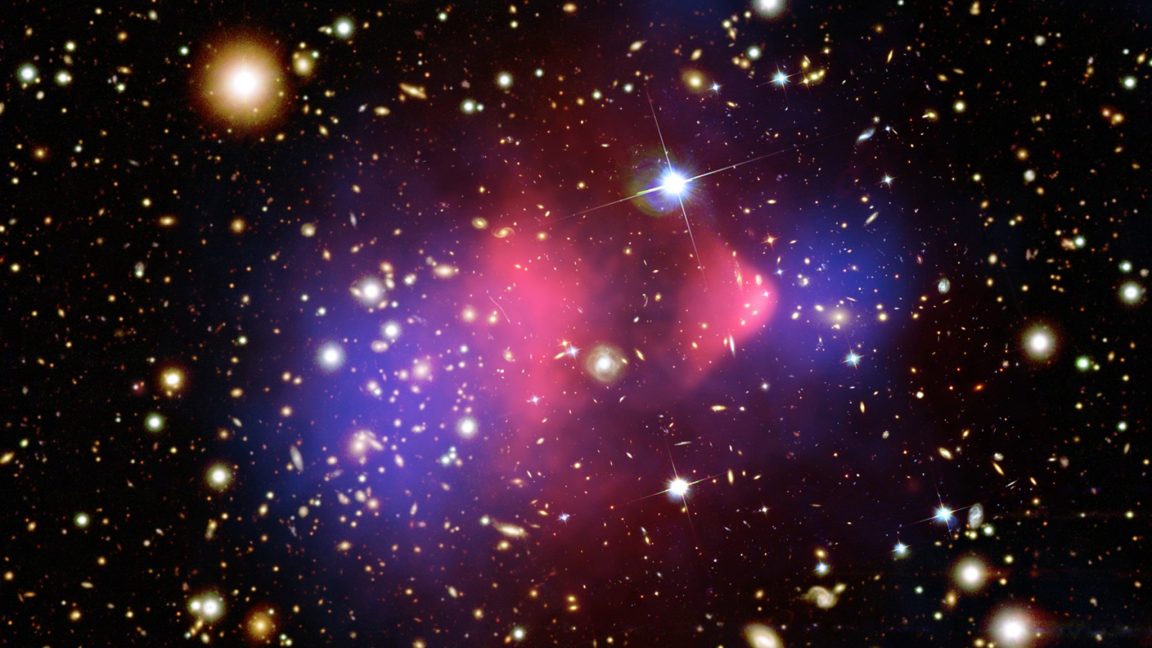
© APOD
